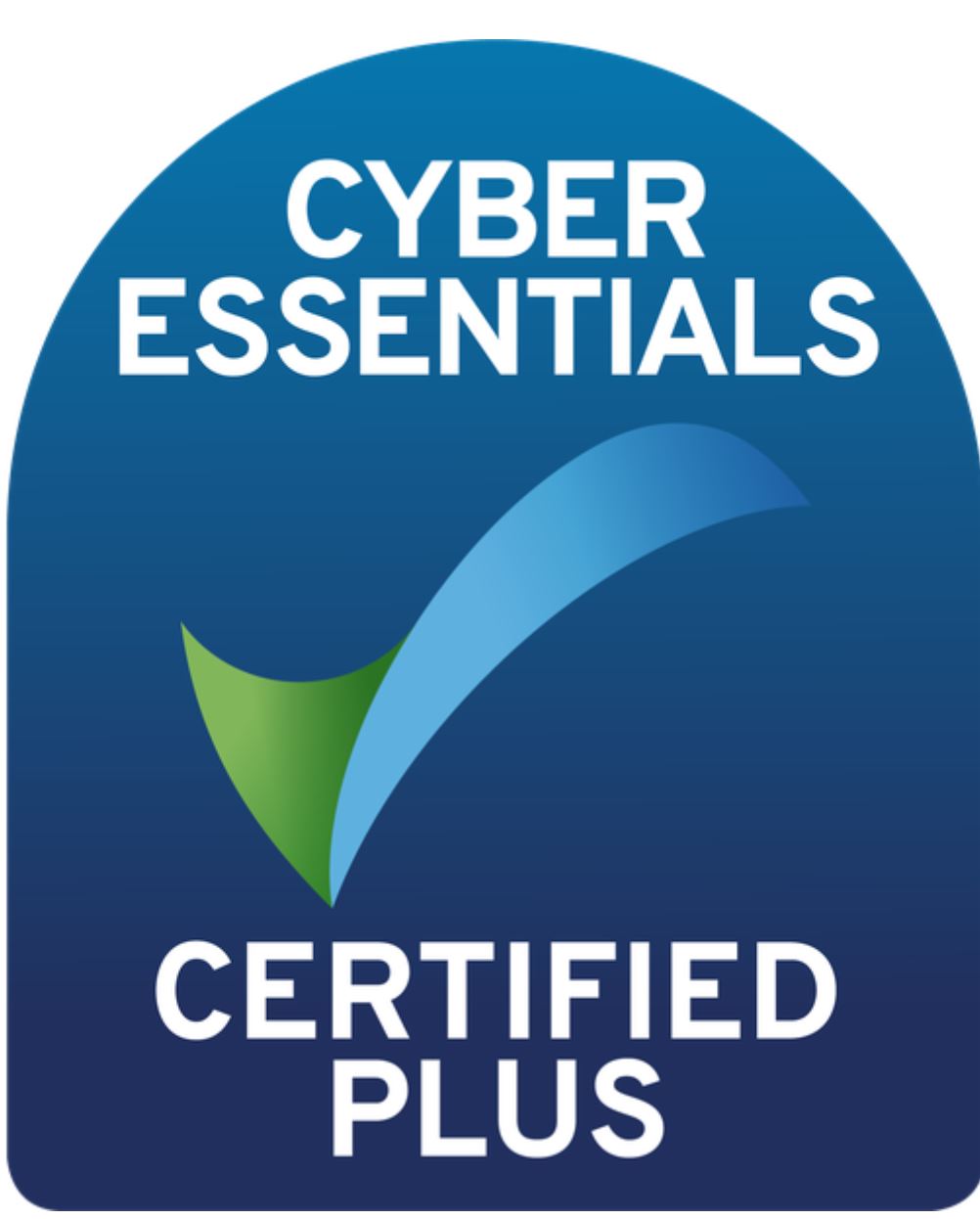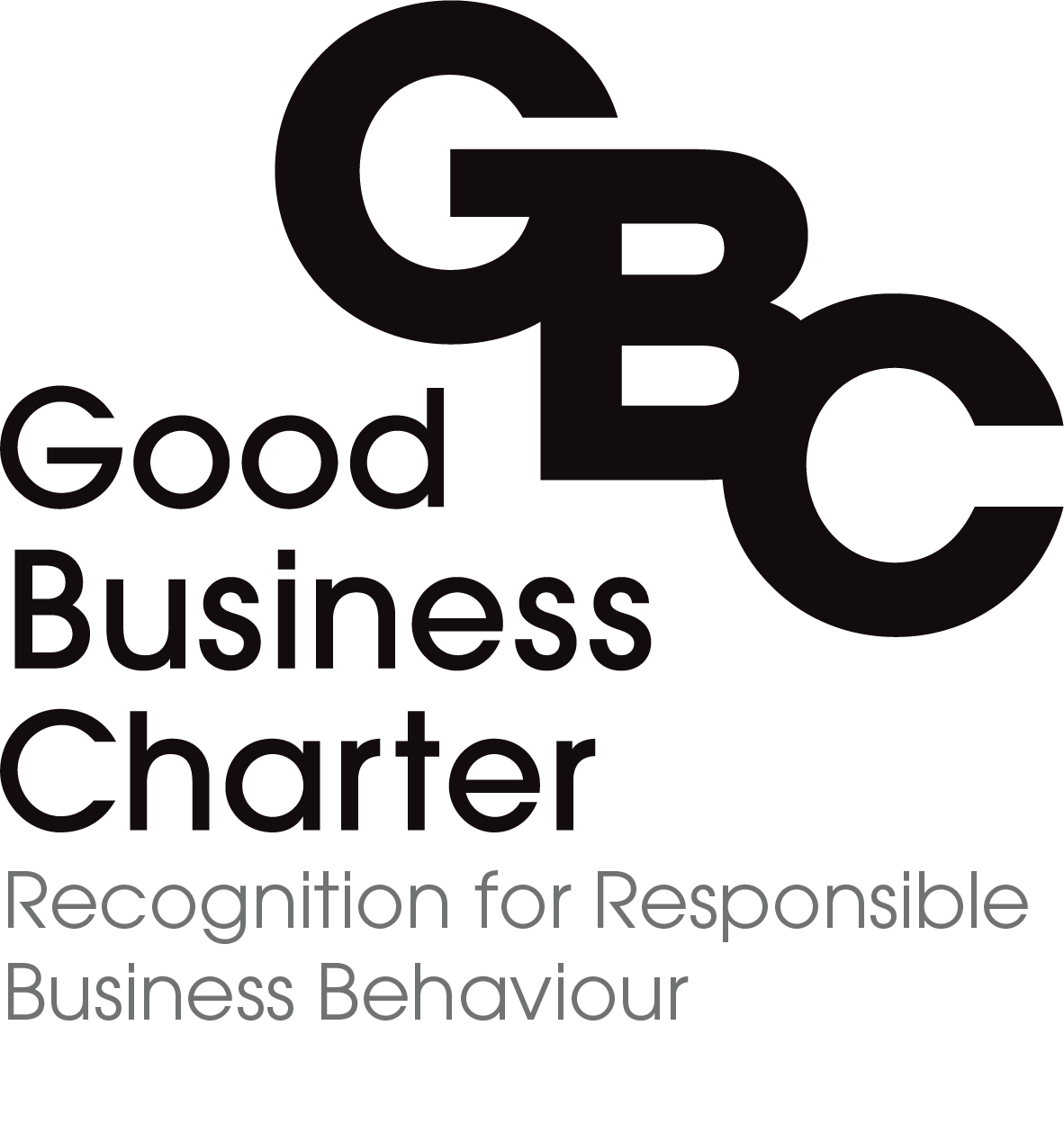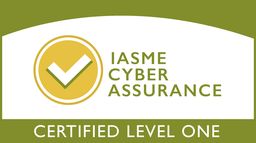
The Impact of Gender Bias and Discrimination in the Workplace
Gender bias and discrimination continue to hinder workplace equality, limiting opportunities for women and preventing organisations from reaching their full potential. Many women in the UK face systemic challenges, including pay gaps, under-representation in leadership, and unconscious biases that affect hiring, promotion, and everyday workplace interactions. For instance:
- Full-time median hourly earnings excluding overtime were £19.24 for men and £17.88 for women in April 2024. For part-time employees, they were £13 for men and £13.40 for women.
- The gender pay gap is wider for employees aged 40 years and over, than those aged under 40 and is larger among high earners than among lower-paid employees.
- Among all employees, the gender pay gap decreased to 13.1% in April 2024, down from 14.2% in April 2023. For part-time employees, the gender pay gap was -3.0% meaning women received more pay. In April 2023, it was -2.5%.
This is because women fill more part-time jobs. Compared with full-time jobs, part-time jobs have lower hourly median pay. ASHE data show that in 2024, about 85% of male employees worked full-time, compared with 61% of female employees.
- For managing directors and senior officials, the gender pay gap widened from 9.2% in 2023 to 9.8% in 2024. Similarly, pay gaps for professional occupations grew from 8.7% to 10% and associate professional and technical jobs from 10.8% to 12.3%.
The average gender pay gap measures the difference between average hourly earnings excluding overtime of men and women, as a proportion of men’s pay excluding overtime. The ONS data is from the Annual Survey of Hours and Earnings (ASHE) and is not associated with the gender pay gap reporting obligations of UK employers.
- A report from the Young Women’s Trust charity states that the rates of discrimination are at a three-year high (53% of young women said they have experienced this in 2024 – up from 42% in 2022)
As far as racially minoritised young women are concerned, the study reveals that the “picture is bleaker” as the percentage rose by two-fifths from 44% in 2022 to 61% in 2024.
These biases not only harm individual employees but also create a toxic work culture, reducing productivity and stifling creativity. To foster truly inclusive workplaces,organisations must take proactive steps to identify and eliminate gender bias.
Key Challenges in Achieving Gender Equality
Gender stereotypes are deeply embedded in society and often manifest in the workplace. Women are frequently perceived as less ambitious, or less committed compared to their male counterparts. These biases often impact recruitment, career progression and remuneration negotiations, making it difficult for women to advance in their careers at the same pace as their male counterparts..
Other factors, such as race, ethnicity, sexual orientation, disability and age, can compound these challenges, creating intersecting forms of discrimination that further exclude and disadvantage women in the workplace. A failure to address these issues results in low job satisfaction, increased employee turnover,and possible reputational damage for organisations that fail to get inclusion right.
The Role of Leadership and HR in Driving Change
Creating a workplace culture that is genuinely inclusive requires commitment from organisations, their leadership, HR professionals. Leadership must set the tone by actively addressing gender bias, promoting diversity and ensuring accountability. Managers should be trained to recognise and challenge bias, foster inclusive team dynamics, and support equitable career progression.
HR teams play a crucial role in implementing policies and training programs that combat discrimination and provide employees with tools to report concerns without fear of retaliation. Businesses must ensure that all employees, regardless of gender, feel valued and supported.
Collectively, we can #AccelerateAction for gender equality
Tools for Addressing Gender Bias and Creating an Inclusive Workplace
To tackle gender bias effectively, organisations must implement concrete measures that support women and encourage a culture of transparency and accountability. The following solutions strategies can help:
- Employee Surveys to Measure Bias
Regularly surveying employees allows organisations to assess whether biases exists within their culture, policiesand practices. Surveys can be designed to include questions about any experiences with discrimination, career progression and workplace culture. Properly structured questions and results will help businesses identify areas for improvement and track progress over time. - Anonymous Reporting Channels
Providing employees with a confidential and anonymous ways to report and discuss bias, harassment and discrimination is essential. An anonymous “Speak Up” platform ensures that employees can raise concerns without fear of retaliation can really help. It can ensureemployees feel safe to report issues fosters trust and encourages a culture of accountability. - HR Case Management for Reporting and Analysis
Implementing a structured Case Management system ensures that reports of gender discrimination and bias are properly recorded, tracked and addressed. A secure and accessible platform for managing complaints—whether submitted via anonymous reporting tools, phone lines, or direct HR contact—enhances consistency of response, understanding and improvement as well as compliance with workplace regulations. Moving away from outdated, manual tracking methods like spreadsheets ensures efficiency, security and can deliver actionable insights. - Leadership Accountability and Bias Training
Training for managers and senior leaders to identify and address gender bias is critical. Unconscious bias training helps leaders understand how their assumptions may impact decision-making and equips them with strategies to create an inclusive working environment. Regular training should be mandatory and tailored to the specific needs of the organisation. - Speak-Up Phone Line
A dedicated phone line for confidentially reporting gender bias, harassment or discrimination provides employees with an additional, safe avenue to raise any concerns. This can be particularly valuable in addressing sensitive issues which employees may be reticent to discuss through internal channels.
Meaningful Action for Lasting Change
Creating an inclusive workplace is not just about policies—it requires a cultural shift. Organisations must take meaningful action by listening to employees, providing effective listening and safe reporting channels, ensuring understanding, continuously evaluating progress and ultimately having leadership accountability. .
Addressing gender bias is not only a moral and legal imperative but also a business necessity. Organisations that prioritise inclusivity attract top talent, improve employee retention, enhance innovation and strengthen their reputation. Now is the time for UK businesses to step up, challenge discrimination and build workplaces where all employees—regardless of gender – can thrive.
And if you are ready but need a bit of help along the way, WorkInConfidence provides a comprehensive Speak Up and Feedback platform which includes:
- Anonymous Speak Up
- Employee surveys
- HR case management software.
To learn more about how our two-way anonymous reporting solutions and case management tools can support your organisation to empower employee voice and give you valuable insights into your organisational culture, visit our website or get in touch with me for a chat.
A safe and secure two-way anonymous channel for your people to raise concerns via phone, tablet, or PC, ensuring you are aware of any workplace issues and can respond quickly and accordingly
Easily set up, run and interpret surveys on engagement, respect, wellness or other topics to ensure you always understand your people, their needs and motivations.
A secure phone line with a dedicated Speak Up Guardian for your employees to raise concerns with. We also provide training in Freedom to Speak Up, Speaking up and safeguarding processes.




